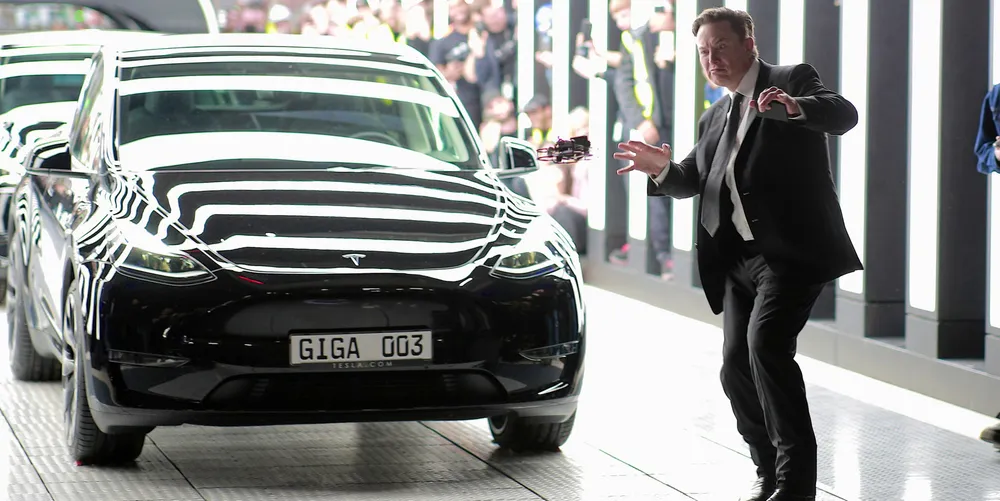VW to tap into Spanish renewables as Tesla opens gigafactory near Berlin
German car giant plans second battery cell gigafactory near Valencia as part of $7.7bn plan to create e-vehicle hub in Spain, while Tesla CEO Musk announces his company is working on new manganese battery cell
